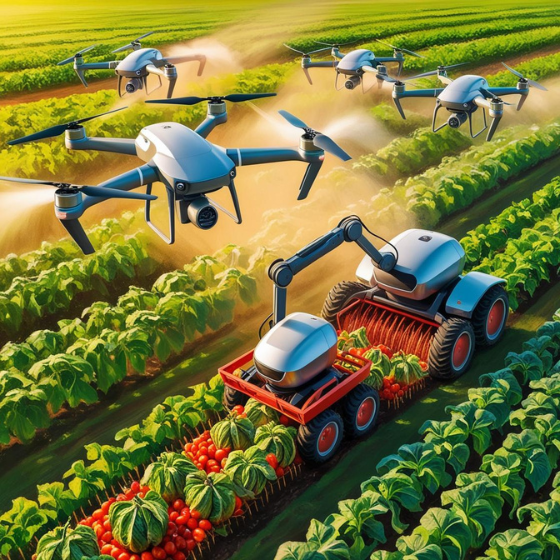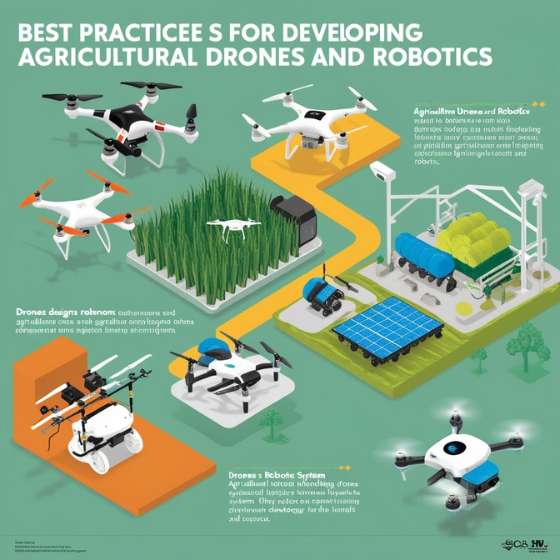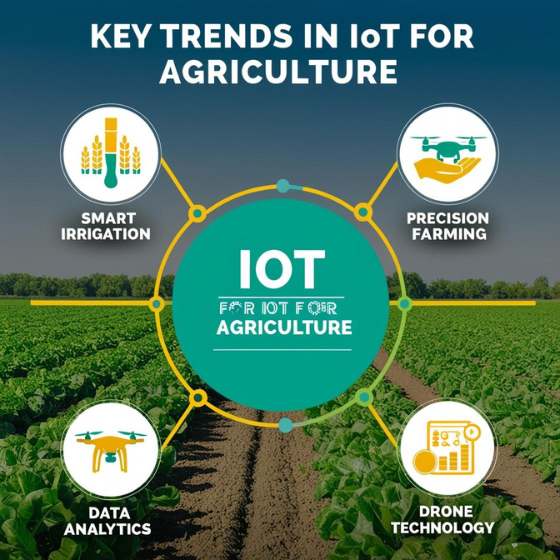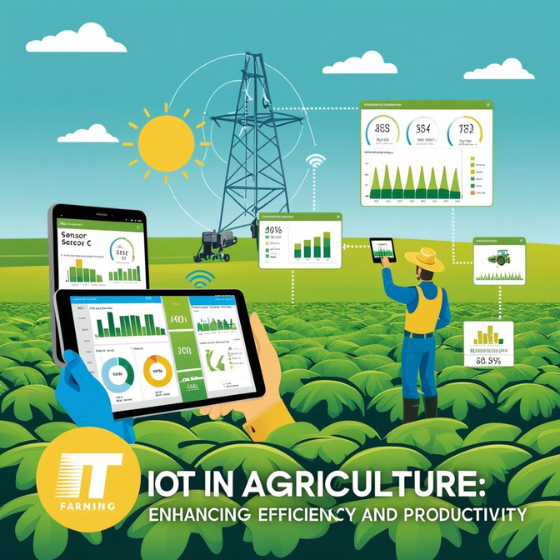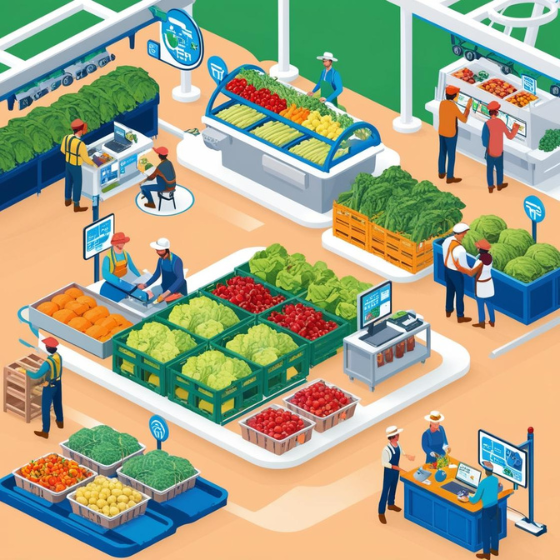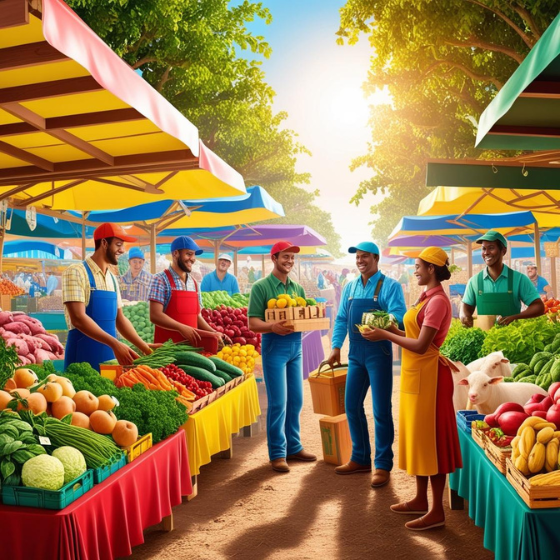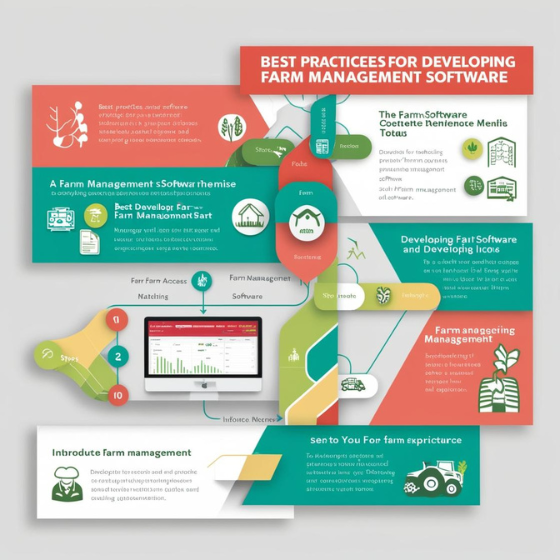Agricultural Drones and Robotics: Revolutionizing Farming
The agricultural industry has seen significant technological advancements in recent years, with agricultural drones and robotics leading the way. These innovations are transforming how farmers manage crops, monitor livestock, and streamline various operations on the farm. By automating tasks and providing real-time data, agricultural drones and robotics are revolutionizing farming, increasing efficiency, reducing costs, and promoting sustainable practices. In this blog, we will explore how agricultural drones and robotics are reshaping the farming landscape.
1. Agricultural Drones: Aerial Innovation for Precision Farming
Agricultural drones, also known as unmanned aerial vehicles (UAVs), are one of the most exciting technologies in modern farming. These drones allow farmers to efficiently monitor large areas of land and gather valuable data on crop health, soil conditions, and environmental factors.
- Crop Health Monitoring: Drones equipped with multispectral cameras capture images that highlight potential issues such as pests, diseases, or nutrient deficiencies. Farmers can analyze these images to take targeted actions, reducing the need for blanket pesticide or fertilizer applications.
- Real-time Data Collection: Drones cover vast areas quickly, providing farmers with real-time, actionable insights. This data helps farmers make informed decisions about irrigation, fertilization, and pest control, which leads to more efficient and sustainable farming practices.
- Field Mapping and Planning: Drones generate precise, high-resolution maps of fields, which farmers can use to plan irrigation systems, planting strategies, and resource allocation. This level of precision enhances planning and reduces waste.
By integrating drones into their operations, farmers can enhance productivity, reduce input costs, and improve sustainability.
2. Robotics: Automating Labor-Intensive Tasks
While drones revolutionize aerial monitoring and data collection, robotics are transforming labor-intensive tasks such as planting, harvesting, and weeding. Agricultural robots are designed to perform specific tasks more efficiently than traditional methods, saving time, reducing labor costs, and increasing overall productivity.
- Autonomous Tractors and Planters: Self-driving tractors equipped with IoT sensors and GPS technology autonomously plant crops, till soil, and apply fertilizers. These machines operate 24/7, significantly improving efficiency and reducing the need for manual labor.
- Robotic Harvesters: Harvesting is one of the most labor-intensive tasks in agriculture, but robotic harvesters are making it easier and faster. These robots use advanced vision systems and AI to detect ripe fruits and vegetables, picking them with precision. For example, robotic strawberry pickers are becoming increasingly popular on large-scale farms.
- Weeding Robots: Weeding is another time-consuming task revolutionized by robotics. Weeding robots use machine learning algorithms and sensors to detect and remove weeds with precision. These robots distinguish between crops and weeds, ensuring only unwanted plants are removed.
By automating these essential tasks, farmers can increase productivity and focus on higher-level farming decisions.
3. Integrating Drones and Robotics for Enhanced Efficiency
One of the most significant advantages of agricultural drones and robotics is the ability to integrate both technologies for a more streamlined and efficient farming operation. By combining aerial data from drones with the automation capabilities of robots, farmers can achieve greater precision in crop management and resource allocation.
- Drone-Assisted Robotic Harvesting: Drones scout fields and collect data on crop readiness, while robotic harvesters use this information to focus on areas with the most ripe produce. This integration allows for more efficient harvesting and minimizes crop damage.
- Automated Irrigation Systems: Drones identify areas of a field that are under or over-irrigated, and robotic systems automatically adjust irrigation schedules to ensure optimal water usage. This integration helps conserve water, reduce costs, and promote sustainability.
- Data Sharing Between Drones and Robots: Both drones and robots are equipped with sensors that collect valuable data. By syncing this data between devices, farmers gain a comprehensive view of the entire farming operation, enabling better decision-making for resource management, pest control, and crop health.
By integrating drones and robotics, farmers create a highly efficient, data-driven system that maximizes yields while minimizing waste and resource usage.
4. Sustainability Benefits of Agricultural Drones and Robotics
Sustainability is a growing concern in agriculture, as farmers face pressure to produce more food while reducing their environmental impact. Agricultural drones and robotics play a significant role in promoting sustainability by improving resource efficiency, reducing chemical use, and decreasing carbon footprints.
- Precise Input Application: Drones and robots enable farmers to apply pesticides, herbicides, and fertilizers with much greater precision, targeting only the areas that need treatment. This reduces the overall use of chemicals, minimizing environmental impact and promoting safer, more sustainable farming practices.
- Reduced Soil Compaction: Autonomous tractors and robotic harvesters are often designed to be lighter and more efficient than traditional machinery. These machines reduce soil compaction, a major issue in conventional farming methods. Healthier soil promotes better water retention and reduces the need for fertilizers.
- Optimized Water Usage: Drones and robotics help farmers monitor and manage irrigation systems more effectively, ensuring that water is used efficiently and only where needed. This is especially important in areas facing water scarcity, as it helps conserve this vital resource.
By adopting agricultural drones and robotics, farmers make significant strides in sustainability while also improving their bottom line.
5. The Future of Agricultural Drones and Robotics
As drone and robotics technologies continue to advance, the future of agriculture looks increasingly high-tech. Here are some of the key trends to watch for in the coming years:
- AI and Machine Learning Integration: The integration of artificial intelligence and machine learning will allow drones and robots to become even more intelligent, making better decisions on their own. These systems will learn from their environment and optimize their operations accordingly.
- Increased Autonomy: Future drones and robots will likely become more autonomous, requiring less human intervention. This will enable farmers to focus on higher-level tasks while machines handle repetitive and labor-intensive tasks.
- Blockchain for Data Transparency: Blockchain technology may integrate with drones and robotics to provide a transparent and secure way to store and share agricultural data. This could improve traceability, food safety, and supply chain transparency.
The future of agricultural drones and robotics promises even greater innovations that will further revolutionize farming.
Conclusion
Agricultural drones and robotics are transforming the way farmers approach traditional farming tasks, offering a wealth of benefits from increased productivity to improved sustainability. By leveraging these cutting-edge technologies, farmers can achieve higher efficiency, better crop yields, and reduce their environmental impact. As these technologies continue to evolve, farming will become even more data-driven and efficient.
Are you ready to embrace the future of farming with agricultural drones and robotics? Contact Sodio today to explore how we can help integrate these cutting-edge technologies into your farming operations and improve your productivity.
